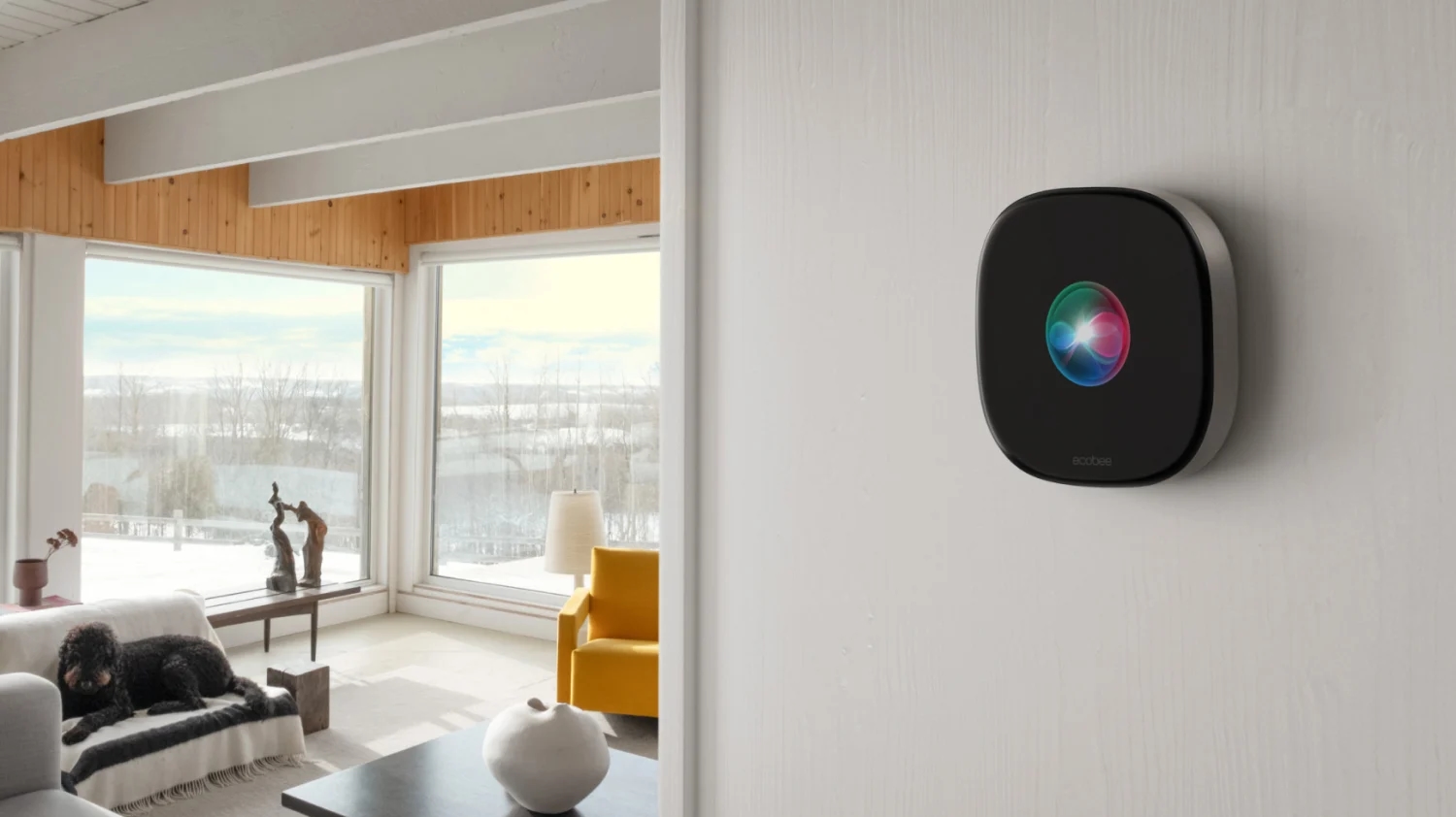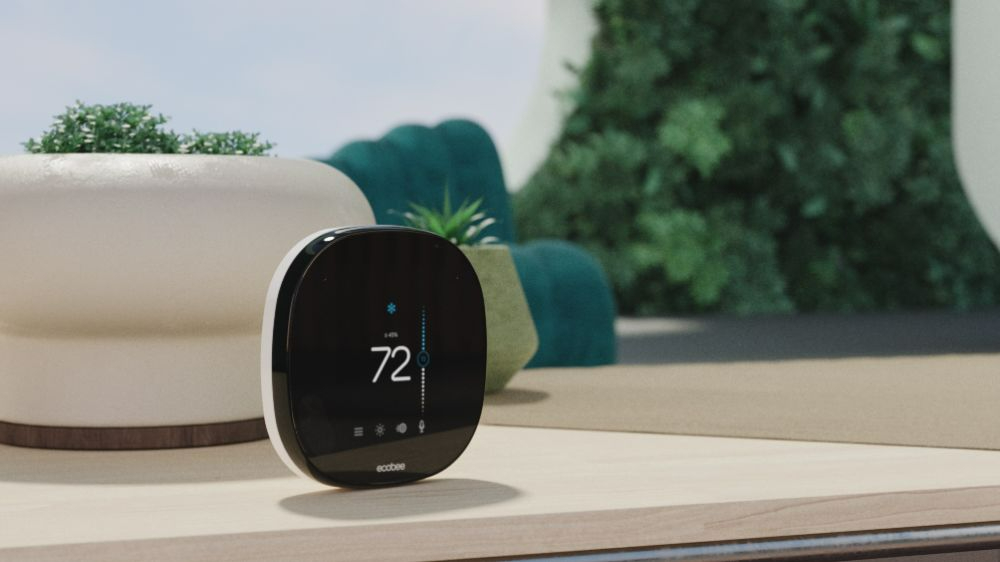4 ways a smart HomeKit thermostat could save you money — and the Prime Day deal to strike
Think smarter

In recent times, the smart thermostat has become a staple of the smart home ecosystem, a foundational building block that can kickstart your journey to a cleaner, greener, and more energy-efficient home. While reducing your impact on the planet is a great bonus, the main benefit of a smart thermostat, in theory, is that it can save you money.
However, with energy bills across the globe at an all-time high, and the initial outlay for the best smart HomeKit thermostats quite high, you’ll want to be sure that you’re going to save money in the long run. If you’re in the market for a smart HomeKit thermostat, here are some of the prospective ways it could save you cash.
With Amazon Prime Day fast approaching, there are also some great ways to save money on the smart thermostat, which will then save you money on your energy bills, so you can have your cake and heat it.
Automations and other smart home gadgets

A smart thermostat, especially one that works with Apple Home (previously HomeKit), or Matter (a handy new smart home connectivity standard), doesn’t just work in isolation. In fact, they work best when used in conjunction with a wider array of smart home gadgets. For example, automations in the Apple Home app can be used to trigger your heating when a change is detected in your house.
For example, a smart thermostat can be switched off if you open a window or door in your smart home so that you don’t waste energy. Similarly, devices like smart radiator valves can be used so that when your heating comes on, you’re only heating up the rooms that you’re currently using, or that you use most often. For instance, a smart home could detect whether you’ve left a window open in the bedroom, before shutting off the appropriate radiator valve.
Auto switches off when you leave the house
A smart thermostat will also be able to detect occupancy so that the heating isn’t running when you’re not at home. This automatic function will save money by eliminating wastage from your heating or cooling system being left on when you aren’t at home and don’t need it. Some have this feature built-in, while others work by using automation that can use location data from your iPhone to detect when you're at home and when you're away.
Track usage and habits to help you make smarter decisions

A smart thermostat should learn your habits, and your comings and goings to give you the most efficient temperature control possible. For example, if you get up at 7 AM every day, but have left the house by 9 each morning, your thermostat will automatically adjust so that your home can be at the desired temperature when you wake up in the morning, and for the appropriate amount of time while you’re in, before shutting off when you leave.
iMore offers spot-on advice and guidance from our team of experts, with decades of Apple device experience to lean on. Learn more with iMore!
Likewise, if you come home each day at around five, and like your home at a certain temperature for the evening, your thermostat will learn this behavior, and adjust the heating throughout the day to give you the best possible efficiency. It’s a lot more energy efficient to keep the heating ticking over, rather than putting it on for short blasts to try and bring your home back up to temperature, before letting the temperature fall again, rinsing, and repeating.
A device like the Nest thermostat can even establish how quickly it takes for your home to heat up and cool down, so that it doesn’t overshoot the desired temperature.
Control temps from anywhere in or out of the house

A smart thermostat will also let you manually control the temperature in your house from anywhere in your house, or indeed outside of it. Sometimes saving money can be as simple as turning off your heating from the comfort of your sofa or office, rather than getting up to manually adjust the thermostat. Likewise, you’ll be able to control your thermostat using an iPhone from anywhere in the world, ensuring that you never accidentally leave your heating on when you’re out of town, at work, or on holiday.
So there you have it, four ways that a smart thermostat could be saving you money. At the heart of it all is the principle that a smart thermostat ensures your heating will be on less than it would be otherwise, without making your house uncomfortable. Of course, like solar panels, the crossover of something like a smart thermostat “paying for itself” can vary.
The best HomeKit thermostats can cost anywhere from $70-80 to $150, all the way up to $250. Adding on a plethora of smart home accessories for automations as mentioned can lead to literally limitless investment. So savings will depend vastly on how big your home is, how much energy you use, and other factors, but there are ways everyone can benefit from a smarter home when it comes to heating and energy usage.
Prime Day smart thermostat savings
This is where Amazon Prime Day comes in. Officially, it takes place July 11-12, but there are some great deals to be had on smart thermostats to help you save money before you've even plugged it in! Right now, the best Prime Day smart thermostat deal is this Emerson Sensi Touch Wi-Fi Smart Thermostat, compatible with Apple HomeKit and beyond. It's one of our top picks for the best smart thermostats that work with HomeKit, and is available right now at 29% off, down to just $199 from $169.
EMERSON Sensi Touch Wi-Fi Smart Thermostat | $$169 $119 at Amazon
The Emerson Sensi is a Wi-Fi-enabled smart thermostat with a touchscreen display and claims potential HVAC energy savings of about 23%! IT takes just 30 minutes to install and works with HomeKit, Alexa, Google Assistant, and more.

Stephen Warwick has written about Apple for five years at iMore and previously elsewhere. He covers all of iMore's latest breaking news regarding all of Apple's products and services, both hardware and software. Stephen has interviewed industry experts in a range of fields including finance, litigation, security, and more. He also specializes in curating and reviewing audio hardware and has experience beyond journalism in sound engineering, production, and design.
Before becoming a writer Stephen studied Ancient History at University and also worked at Apple for more than two years. Stephen is also a host on the iMore show, a weekly podcast recorded live that discusses the latest in breaking Apple news, as well as featuring fun trivia about all things Apple. Follow him on Twitter @stephenwarwick9

